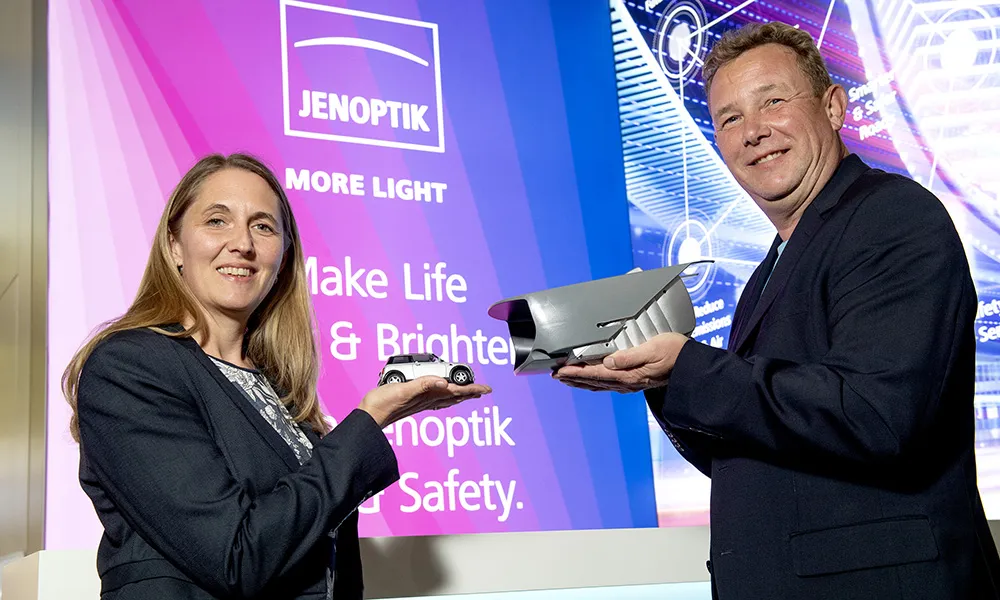GE and Deutsche Bahn Energie (DB Energie) are partnering to optimise Deutsche Bahn’s rail network’s power supply. Working with DB Energie, GE Energy Management will provide the technology and expertise that will couple energy fed from the utility grid to the rail grid, ensuring a more efficient and constant power supply. The solution ensures efficient power conversion and high power quality, optimising rail system operations.
Scheduled for delivery between 2017 and 2018, the converter station built by G
November 6, 2015
Read time: 2 mins
Scheduled for delivery between 2017 and 2018, the converter station built by GE will convert power from the public utility grid, operating at a frequency of 110kV/50Hz, to feed into the de-central rail network 15kV/16.7Hz. This solution aims to maximise efficiency through reducing the power consumption in the railway system on the two sites in Bützow and Schwerin in northern Germany. GE Power Conversion’s static frequency converter (SFC) solution ensures a reliable electrical conversion at a high efficiency rate.
These solutions can also enable 50 Hz rail operators worldwide to avoid unbalanced utility grid loads and the resulting costs from it, as well as reduce complexity in the system by bringing down the number of feeder stations required and by eliminating the ‘dead zone’ in overhead catenary lines. It helps optimize rail system operation and the solution will ultimately reduce failure time and maintenance needed.
“With our power quality solution, we offer flexibility to connect rail grid to power grids at different locations or from different providers. The continuous partnership with DB Energie shows GE’s solution stands the test of time and the reliable solution for rail operators.” says John Chatwin, power and industry segment leader, GE Power Conversion.








